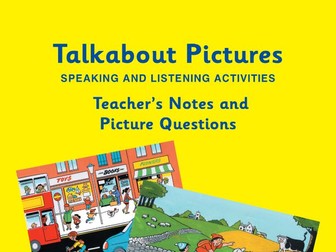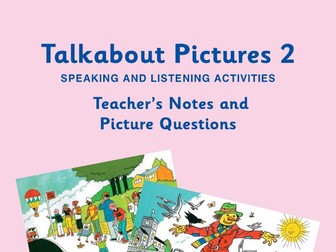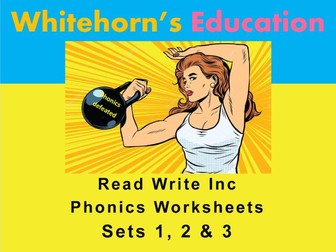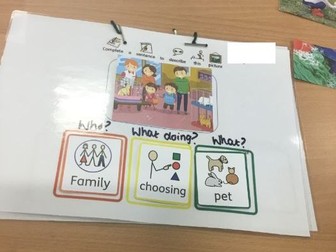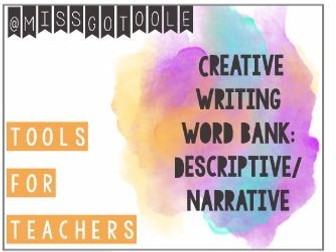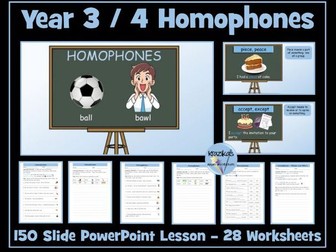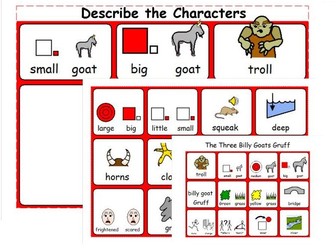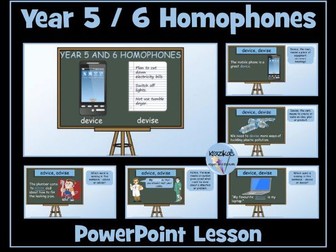
TALKABOUT PICTURES 1
Talkabout Pictures encourages pupils with poor listening skills to listen attentively. It is particularly helpful for those with poor expressive speech, poor receptive language or poor reasoning skills. This resource is extremely flexible: it can be used on a computer screen or interactive whiteboard, or to print out copies of the pictures. Talkabout Pictures is suitable for whole class, group and pair work and can be used by a wide age-range. There are 20 full-colour, detailed pictures and a comprehensive ‘booklet’ with questions. One further set with different pictures is available. Previously sold through Easylearn.
